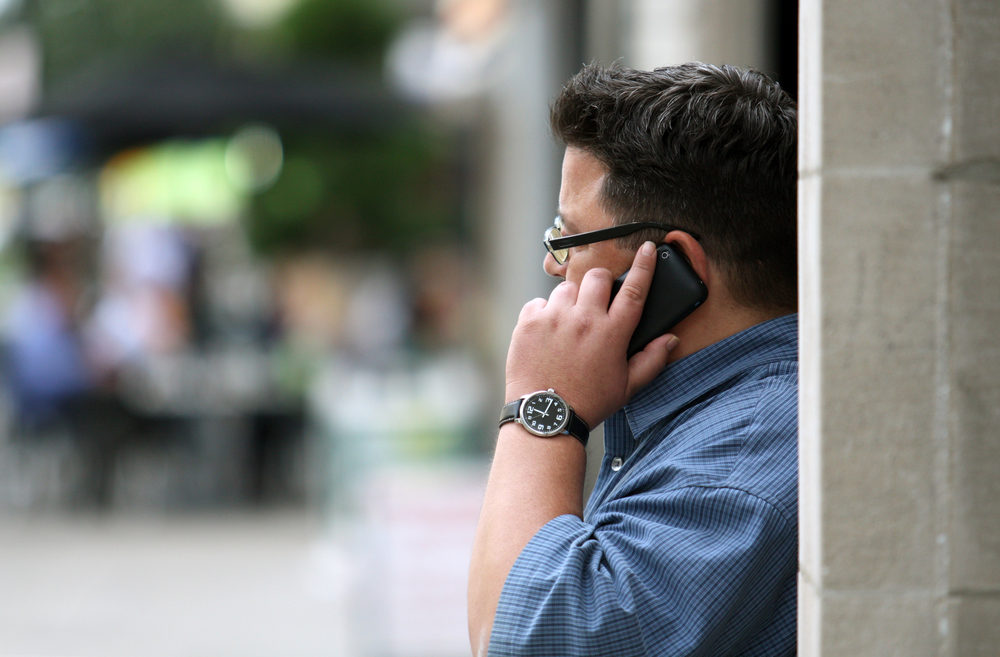Cell Phone Radiation Study Raises More Questions About Tumor Risks

The findings of new research into the link between cell phones and tumor risks appears to be raising more questions than it answers, after researchers found that rats exposed to extremely high levels of the types of radiation cell phones give off are more likely to develop tumors.
However, while the tumors were similar to those that developed in other cell phone cancer studies, they only appeared to develop in situations unlikely to be faced by the vast majority of cell phone users.
The findings were announced in a press release by the National Institute of Environmental Health Sciences on February 2. The researchers issued two technical reports detailing the draft results of a studies conducted by the National Toxicology Program (NTP).

Did You Know?
Millions of Philips CPAP Machines Recalled
Philips DreamStation, CPAP and BiPAP machines sold in recent years may pose a risk of cancer, lung damage and other injuries.
Learn MoreIn May 2016, NTP researchers reported that rats exposed to radio frequencies like those radiated by cell phones showed an increased risk of two types of tumors. During the multi-year study, which has been underway for more than a decade, researchers tested 2,500 rodents who were exposed to cell phone radiation for nine hours every day for two years.
The study found increased incidence of two types of tumors, known as gliomas. One type involved gial cells in the brain, and another involved schwannomas of the heart. However, in the findings announced this week, researchers noted that the heart tumors only increased in male rats who were exposed to levels of radiofrequency radiation (RFR) that were far beyond allowable cell phone emissions.
“The levels and duration of exposure to RFR were much greater than what people experience with even the highest level of cell phone use, and exposed the rodents’ whole bodies. So, these findings should not be directly extrapolated to human cell phone usage,” said Dr. John Bucher, NTP senior scientist. “We note, however, that the tumors we saw in these studies are similar to tumors previously reported in some studies of frequent cell phone users.”
The findings are unlikely to change many opinions, with each side of the dispute over the safety of cell phone use having something to take away from the reports.
However, the NTP plans to hold an external expert review of the findings in late March. The reports were released in a Federal Register notice published on January 29, which announces the peer review and hearing, tentatively scheduled for March 26-28. Details on attending the hearing and submitting public comments are available in the notice.
Cell Phone Safety Debated
The study is the latest in an ongoing scientific and medical debate about whether the electromagnetic fields given off by mobile devices can cause brain cancer.
While some studies have found no links between brain cancer and the use of cell phones and other mobile devices, a number of others appear to show evidence that there is a connection.
In May 2011, the World Health Organization (WHO) announced that it was classifying radiofrequency electromagnetic fields emitted by wireless phones as a possible carcinogen. Similar to this latest study, a working group of 31 scientists from around the world determined that cell phone emissions appeared to be linked to an increased risk of glioma.
However, a study released a little more than a month later by Danish researchers found no link between cell phones and brain tumors.
In May 2014, French researchers found a link between heavy cell phone use and brain cancer. Cell phone users with the longest cumulative duration of calls, 896 hours of talk time or more, were twice as likely to develop brain tumors than those who talked less.
In November 2014, Swedish researchers reported that people who use mobile phones regularly for more than 25 years have an increased risk of glioma of the brain, similar to the tumors found in the rats. That study found that cell phone radiation exposure was linked to a 30% increased risk of brain tumors overall, but at the 25 year point the risk had grown to 300%. However, even at that level, the overall chance of developing glioma was only 0.016%.
In 2013, the Federal Communications Commission (FCC) announced that it was reassessing the potential effects of radiation exposure from cell phones and mobile devices. The FCC plans to look at radiation exposure and determine how much is emitted by the devices and how those emissions affect humans.
In the meantime, experts recommend users attempt to reduce their risk by using headsets or speakerphones when possible, holding the phone away from the body, and texting instead of calling as often as possible. Some also recommend only using the phone when it has a strong signal.
Get more articles like this sent directly to your inbox.
"*" indicates required fields




0 Comments